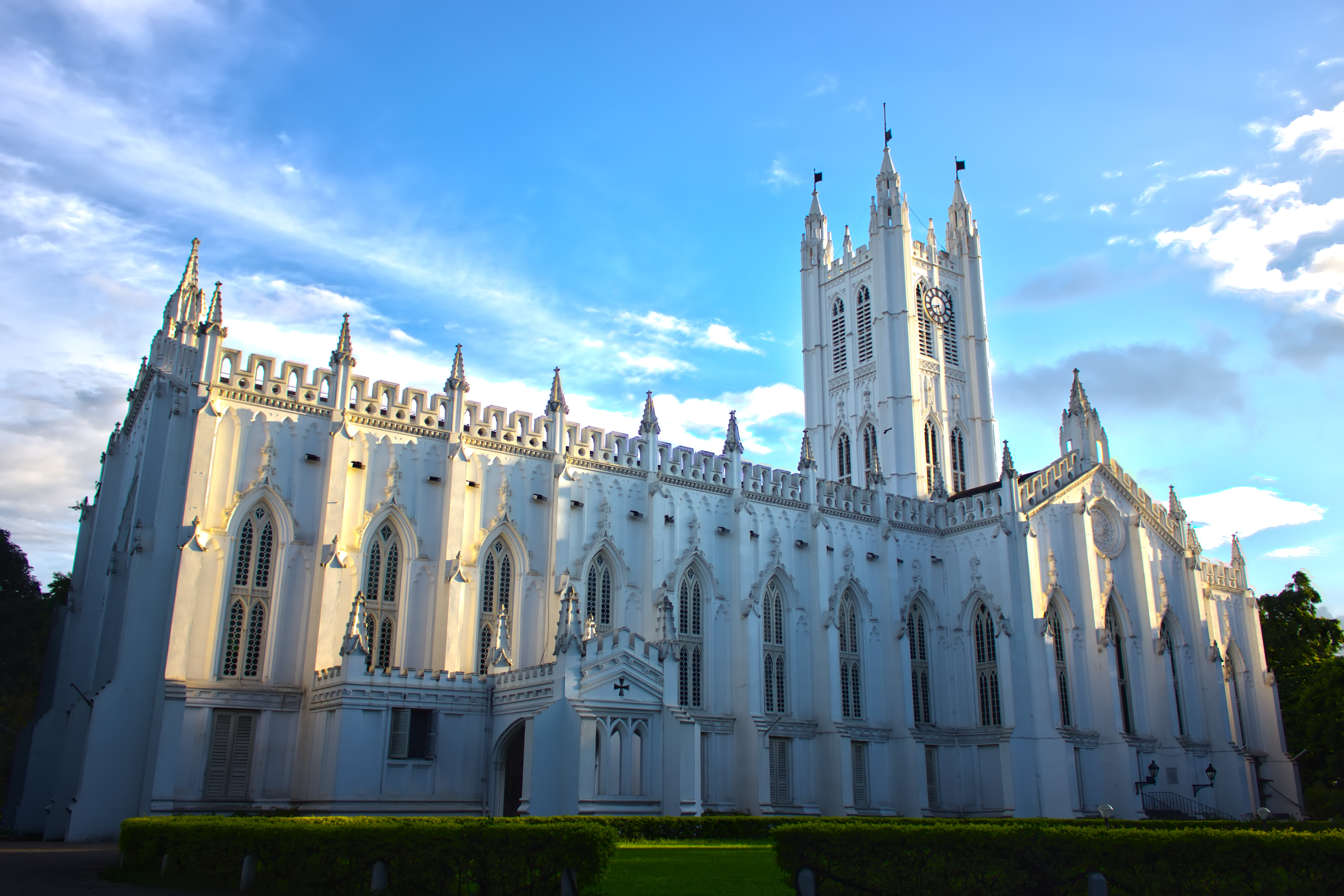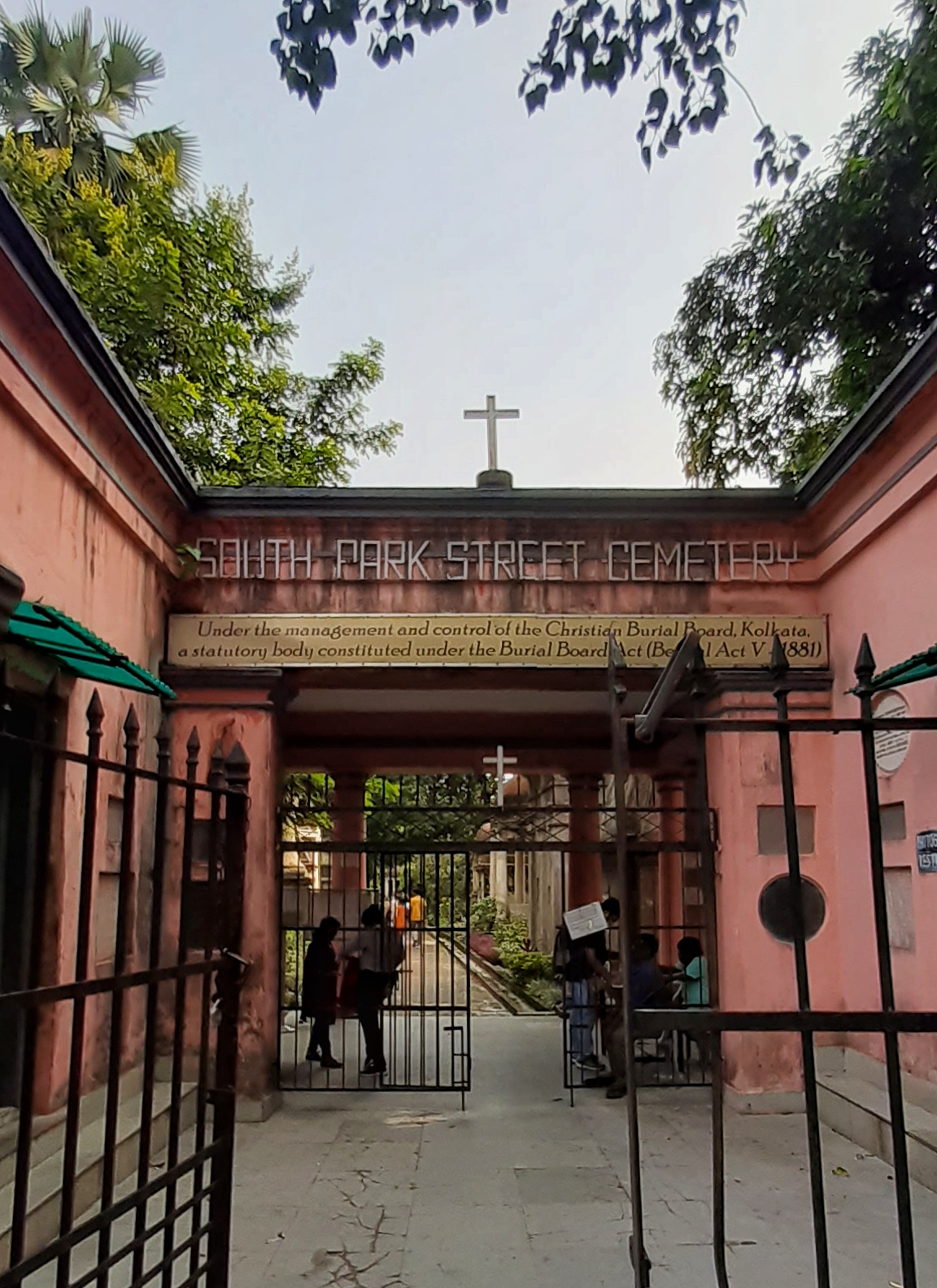Netaji Bhawan stands as a profound testament to the life and revolutionary spirit of Subhas Chandra Bose, one of India's most iconic freedom fighters. Located in Kolkata, this ancestral home built in 1909 by Janakinath Bose transcends its architectural significance to become a symbol of resistance and national struggle. The house, situated on what was once Elgin Road and now known as Lala Lajpat Rai Sarani, witnessed pivotal moments in India's journey towards independence.
The museum meticulously chronicles Bose's extraordinary life, presenting a comprehensive narrative that goes far beyond traditional historical documentation. Visitors can explore a rich collection of artifacts, photographs, and personal belongings that illuminate the complex trajectory of a man who challenged colonial power through unconventional means. His daring escape in January 1941, when he broke free from British house arrest disguised as a Pathan named Mohammad Ziauddin, represents a defining moment of audacious resistance.
Converted into a museum in 1961 by the Netaji Research Bureau and inaugurated by Jawaharlal Nehru, the space serves as a critical repository of historical memory. The carefully curated exhibits trace Bose's evolution from a brilliant student in Kolkata to a global revolutionary who sought international support for India's independence. The preserved Wanderer W24 car used in his legendary escape stands as a tangible symbol of his determination and strategic thinking.
The museum's research library offers scholars and historians an invaluable resource, housing an extensive collection of books, periodicals, and documents related to the Indian independence movement. It provides deep insights into the complex political landscape of the early 20th century, highlighting the multifaceted strategies employed by freedom fighters beyond the more well-known non-violent resistance.
Personal artifacts like Netaji's uniforms, medals, and correspondence offer intimate glimpses into his life and philosophy. These items are not mere historical objects but powerful narratives that communicate the passion, intellect, and unwavering commitment of a leader who was willing to explore every possible avenue to secure his nation's freedom. The museum presents him not as a distant historical figure, but as a nuanced, dynamic individual driven by profound conviction.
The Indian National Army (INA) Memorial within the museum stands as a powerful tribute to the collective struggle for independence. Its motto, "Ittefaq, Itmad, Kurbaani" (unity, trust, sacrifice), encapsulates the spirit of a movement that transcended individual ambitions. The exhibits surrounding the memorial provide context to Bose's international diplomatic efforts, including his controversial alliances during World War II in pursuit of India's liberation.
Beyond commemorating a single individual, Netaji Bhawan represents a broader narrative of resistance, strategic thinking, and national aspiration. It challenges simplistic historical narratives by presenting a multidimensional view of the independence struggle. The museum invites visitors to engage with a complex historical moment, understanding the diverse strategies and tremendous personal sacrifices that shaped India's journey to sovereignty.
By preserving and presenting Bose's legacy with such depth and nuance, Netaji Bhawan ensures that future generations can appreciate the complexity of India's independence movement. It stands not just as a memorial, but as a living testament to the power of individual conviction, strategic resistance, and unwavering commitment to national liberation.






